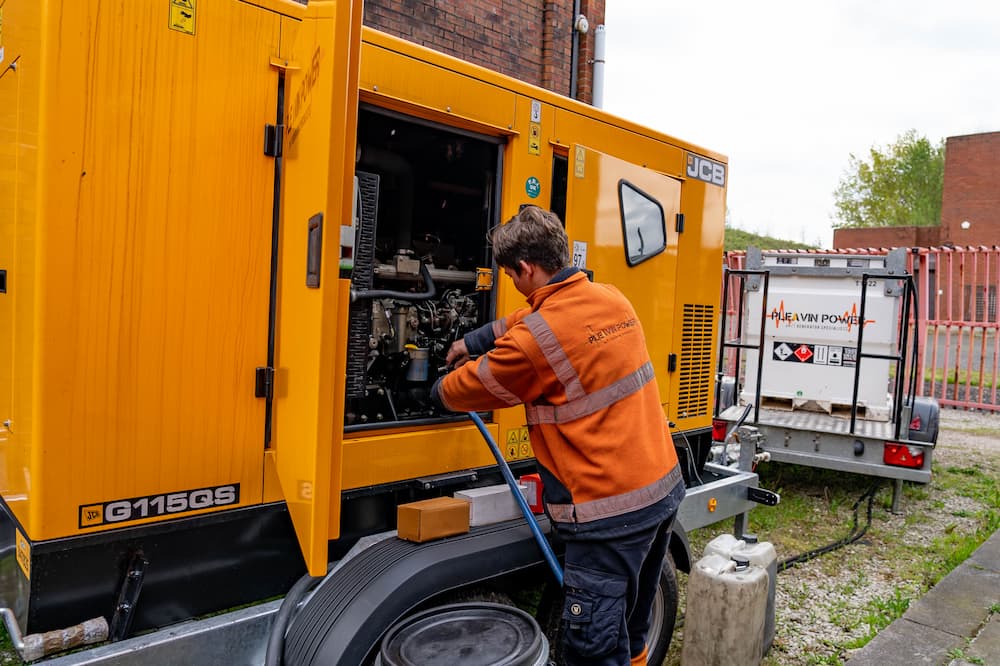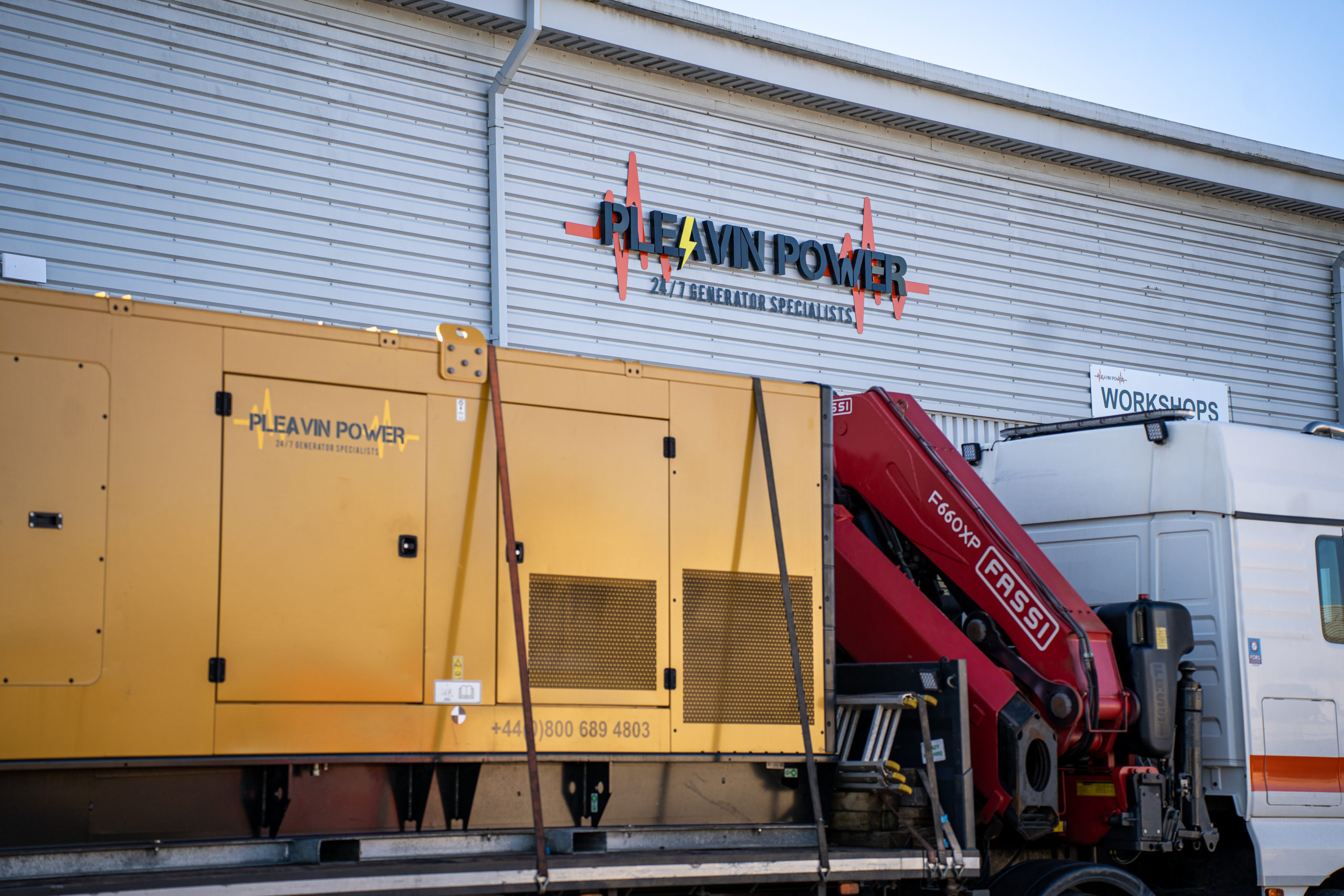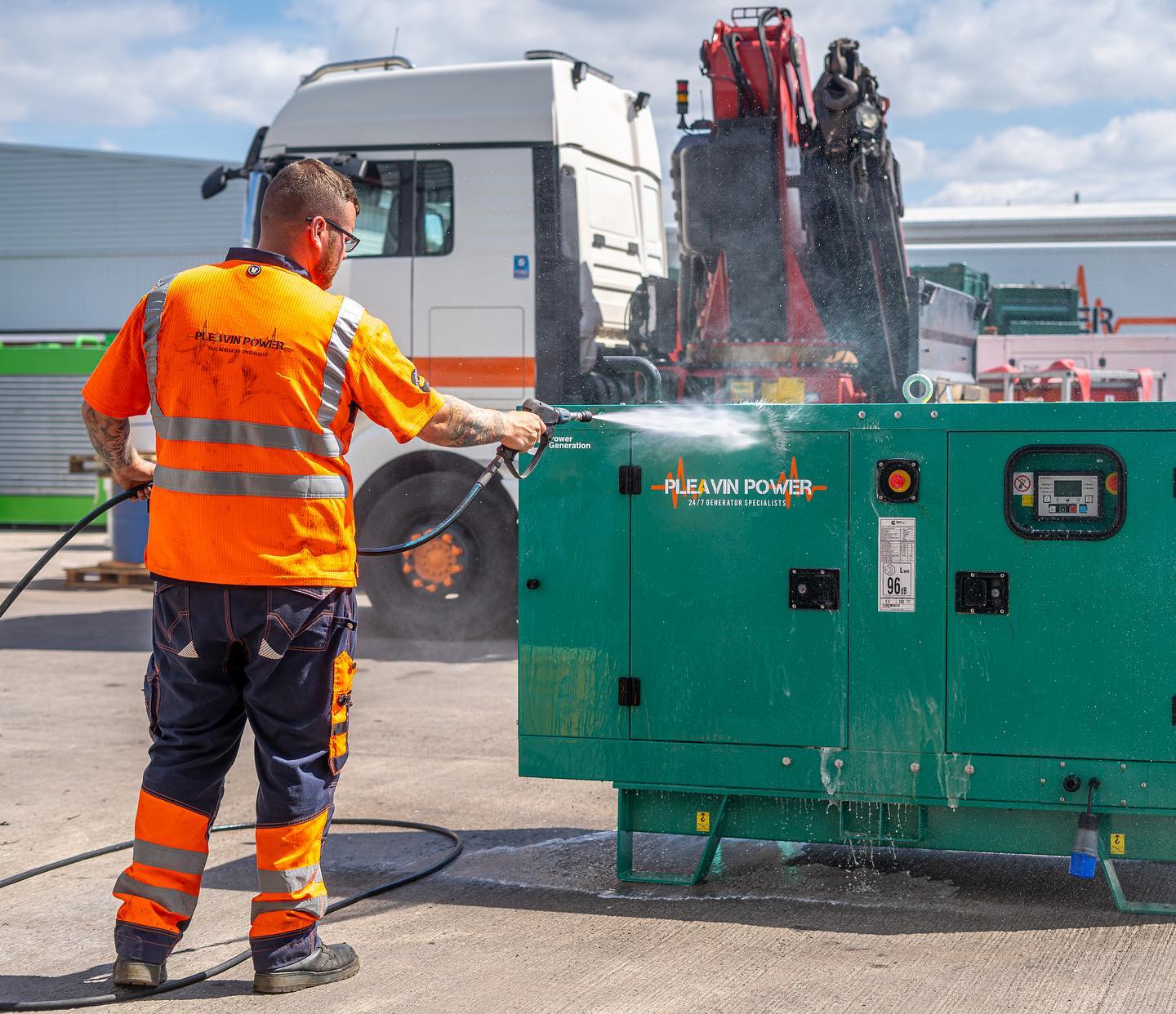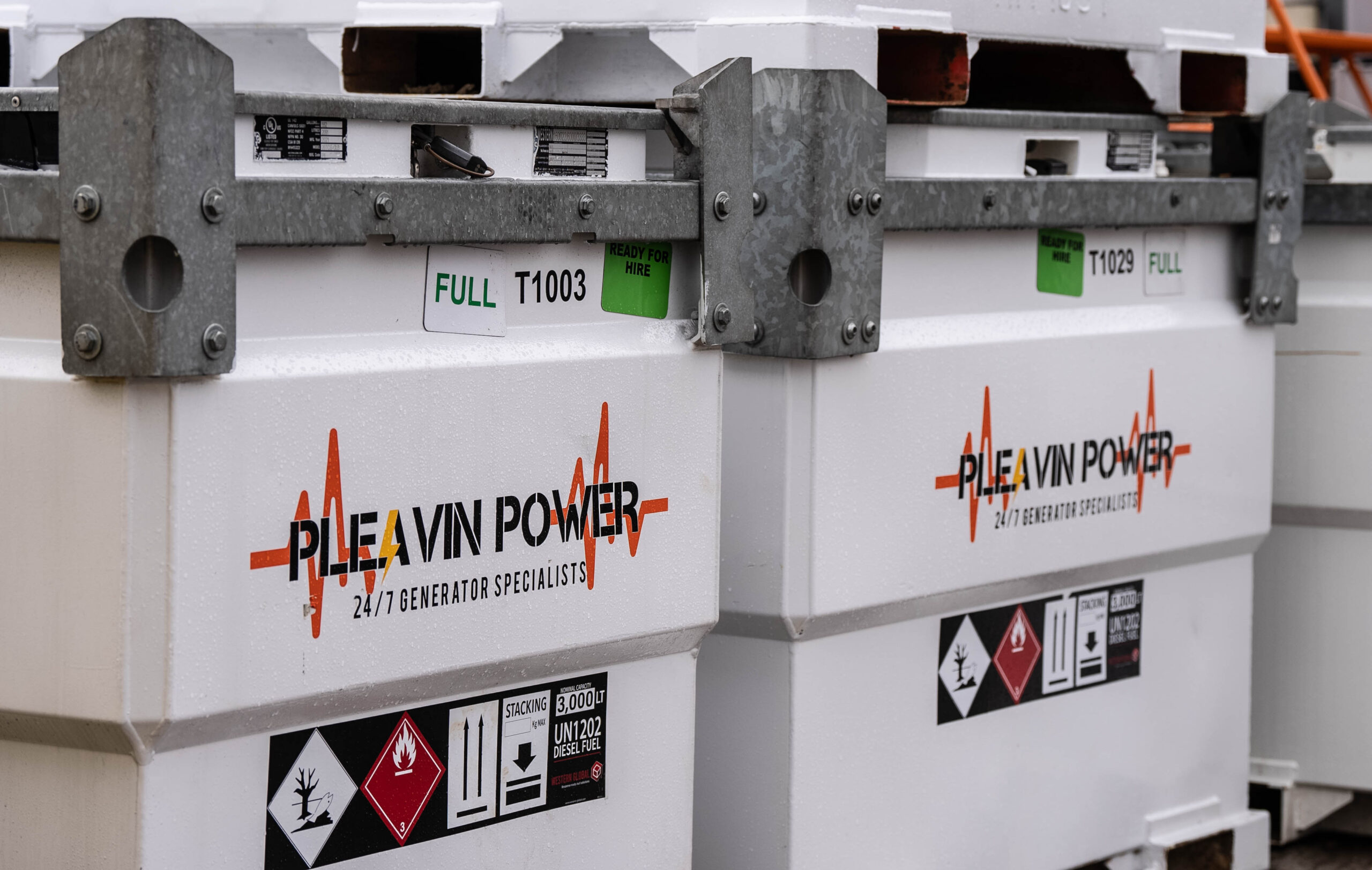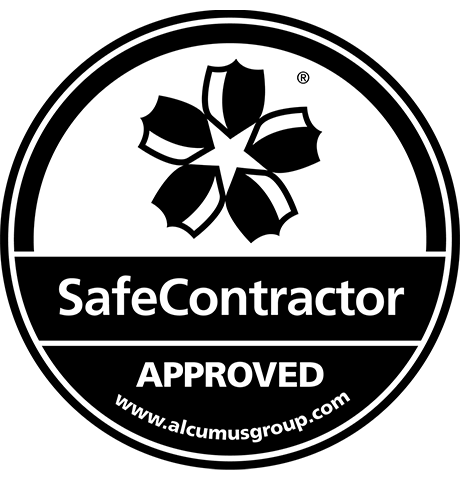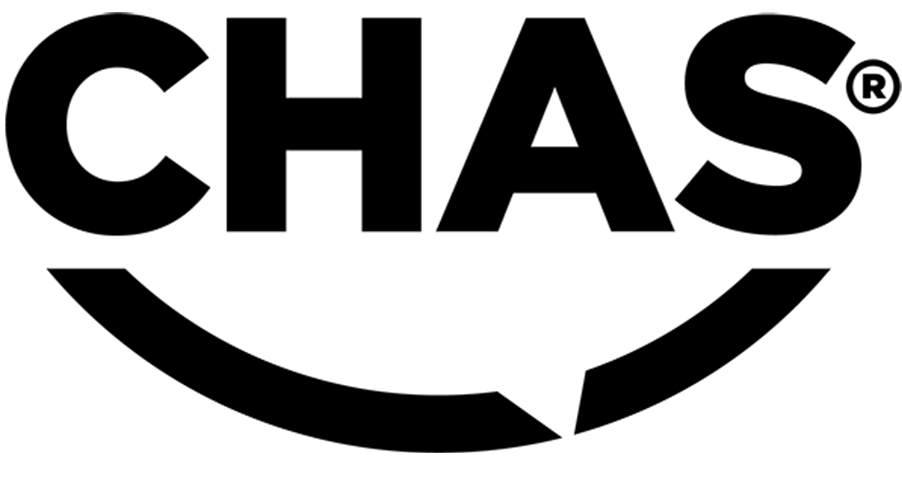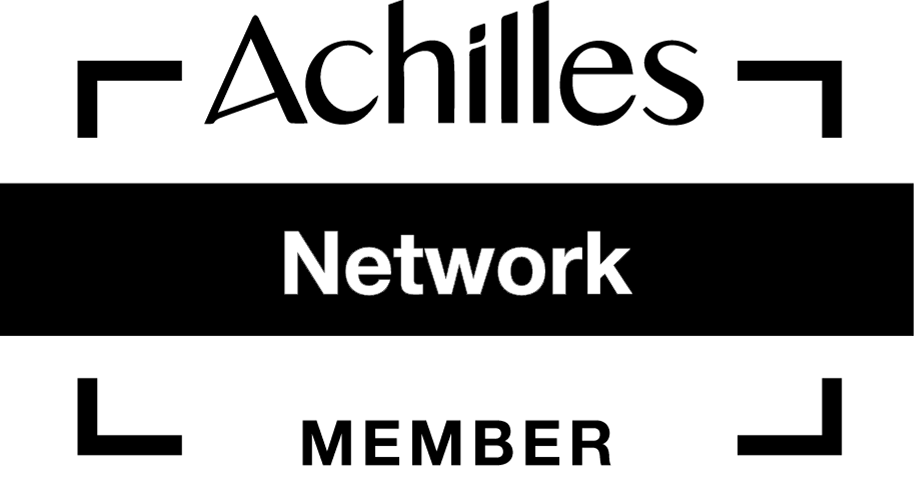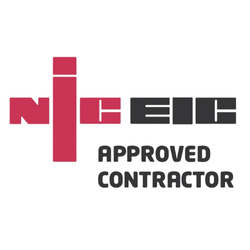Diesel Generators are machines that produce electricity by burning diesel fuels. These useful machines use a combination of a diesel engine and an electric generator to produce electricity. It converts the chemical energy that’s contained in diesel fuel to mechanical energy through combustion.
These machines are relied on by companies of all sizes to supply well-needed electrical energy in needed times such as energy cuts, brownouts, and any other interruptions to the main power.
They are also used as the main power source for many other uses such as powering off-grid homes due to them being able to be turned on and off quickly without any lag time, events and many more.
There are many configurations of diesel generators from small diesel generations to portable generators – but they all work the same way and have the same main components.
How Does A Diesel Generator Create Electricity?
A diesel generator creates electricity by converting mechanical energy into electrical power, it does this by channelling it through power cables. A good example is imagining electricity flowing through these pipes the same way water flows through pipes.
Diesel generators are often thought of as an ‘electrical pump’ that causes electricity to easily flow through the wires. This doesn’t create any new electrons or destroy any, it just allows them to move in a practical fashion.
The Components Of A Diesel Generator
A diesel generator is made up of nine important components these are:
- Diesel Engine
- Alternator
- Fuel System
- Voltage Regulator
- Cooling & Exhaust System
- Lubrication System
- Battery Charger
- Control Panel
- Main Assembly Frame
To understand the diesel generator better, we will break down each component of the diesel generator.
Diesel Engine
A diesel engine is no different to the one you’d find inside your car, a truck or any other large vehicle. This is the main source of mechanical energy and it’s important the size of the engine if you are looking to hire a diesel generator, the bigger source you have the more power you are going to be able to produce.
Alternator
This component is responsible for generating the power output. An alternator is made up of many complex components and one of these crucial components is the rotor.
This rotor is a shaft that rotates from mechanical energy driven by the diesel engine with carefully placed fixed magnets that creates a magnetic field. This is where we begin to see the concept of electromagnetic.
The magnetic field created constantly rotates around another super important part of the alternator: the stator. We don’t want to get too scientific here so to sum it up easily, if an electrical conductor remains stationary and you have a magnetic field that moves around it, an electric current will be induced.
Fuel System
The fuel system is the supply for the engine with a pipe that connects directly to the engine. This will help kickstart the whole operation, the size of your fuel system will dictate how long your diesel generator will be active.
Your fuel system may be smaller if you are planning to use a generator inside the housing or if you are using portable units. Larger fuel systems may be found for extensive permanently fixed use.
The inside parts of the fuel system make up a lot of pipework to get the fuel to the engine correctly. This is similar to ones you’d find inside most vehicles e.g. a fuel filter, a ventilation pipe and a valve for the fuel tank to prevent any unwanted overpressure.
There’s also an overflow connection that is to ensure that if your tank is overfilled, the overfilled flow will be channelled away and won’t be splashed across your floor surface, the surface of the engine or the alternator we previously spoke about.
The Voltage Regulator
Quite possibly the most complex component when it comes to the diesel generator. The Voltage Regulator helps regulate the voltage output. There are a lot of details when it comes to the voltage regulator that we can’t explain in one section so we’ll break it down for you.
Without this component in place, the voltage and the amperage of the current AC running would vary according to what speed your diesel engine is running at.
As we live in a modern time we rely heavily on a very steady power supply and that requires something to level it out. In simple terms, the voltage regulator makes sure our power supply stays steady and we can handle the power.
Cooling & Exhaust System
These two components are key and unlike the voltage regulator, there are a lot easier to understand! A cooling system helps prevent your diesel generator from overheating.
It does this by releasing a coolant in the generator which counteracts any additional heat generated by the engine. The coolant takes all the heat through a heat exchanger and begins to get rid of it outside of the generator.
Again like your car, the exhaust system takes any gas created by the diesel engine and goes through a piping system and exhausts them out the generator.
Lubrication System
The Lubrication System attaches to the diesel engine and this is handled by an oil pump which pumps oil through to make sure that all the parts work smoothly when on and don’t needlessly grind against each other, without this system in place your engine would surely break down.
Battery Charger
Every diesel engine needs a battery charger to help kick-start it into action. This small motor will require a small battery which needs to be charged in order to work. This battery will help it keep full of charge and work nicely.
Control Panel
You will operate your diesel generator from here. You’ll find a vast range of controls that will allow you to operate certain things or check on certain parts to see if it’s working okay.
The typical controls & outputs you will find are:
- Start/Shutdown
- Frequency Switch
- Engine Mode Switch
- Engine Fuel
- Engine Oil
- Engine Speed
- Coolant Temperature
- Battery Charge
There are also many other different controls and outputs.
Main Assembly Frame
Your generation will need to be contained and the main assembly frame component is exactly what is needed. It helps keep everything together to make it work nicely. Your frame can be an open design or closed depending on your setting.
Outdoor generators are mainly protected with a protective frame that’s waterproof to prevent any long-term damage. These are all the components needed for a diesel generator to work!
If you need help relocating your diesel generator, please feel free to contact us today. If not, we can help you with generator servicing covering everything from replacing the engine fluids and components inline with OEM recommendations as well as testing the fuel systems and cranking batteries.

